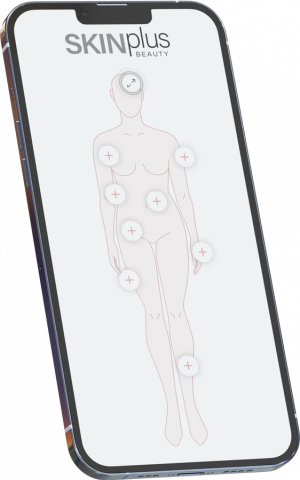Smile lines, also known as laugh lines or nasolabial creases or folds, develop along the sides of the nose and extend down to the mouth. Often bothersome and giving way to an aged appearance, smile lines form over time due to aging and various lifestyle factors. Although smile lines are common, using filler for smile lines remains one of the best ways to soften them while still retaining a natural look.
Treating Smile Lines with Dermal Fillers
Dermal fillers are a routine treatment for minimizing the appearance of smile lines. They restore lost volume in the area to smooth out these folds. Most fillers for smile lines use hyaluronic acid, a naturally occurring substance that helps maintain skin hydration and volume and creates a smoother appearance. Since the filler helps to diminish the appearance of deep lines and wrinkles, it gives the skin a more youthful and refreshed look.
To treat smile lines, filler can be strategically placed in the cheeks to support the midface region. This technique can also help lift the skin and soften smile lines while addressing volume loss in the cheeks, a contributor to nasolabial folds.
Various types of fillers can be used to correct smile lines. The most commonly used filler for smile lines is hyaluronic acid-based fillers. These fillers are highly effective in treating smile lines because they attract and retain water, providing immediate volume and hydration to the skin.
Another type of filler used for smile lines is collagen-based fillers, including calcium hydroxylapatite fillers, which help replenish lost collagen in the skin, reducing the appearance of smile lines and restoring volume to the area. These fillers stimulate collagen production in the skin, helping to improve skin elasticity and diminish the appearance of wrinkles over time.
When injecting filler into the smile lines, it’s best always to take a conservative approach and use a bit of filler at first rather than too much.
Benefits of Dermal Fillers
Fillers have many benefits, making them one of the more effective treatments for softening these lines and restoring a youthful look. Since dermal fillers add lost volume, they plump up smile lines and folds from the inside out while stimulating natural collagen production.
Two of the more popular fillers for smile lines include hyaluronic acid-based Juvederm and Restylane, which have water-binding properties for natural-looking volume. Hyaluronic acid fillers also help to enhance skin hydration while smoothing smile lines.
Besides the naturally smoother, firmer look that fillers can provide, treating the smile lines also results in immediate benefits, so you’ll see improvement immediately. While there is some mild bruising, they are a great way to improve the area with a customized effect nonsurgically. Plus, the fillers are temporary and reversible if necessary.
What to Expect During and After Treatment
These fillers are an effective, straightforward, downtime-free option with immediate results. While the treatment should always be tailored to your needs, the steps involved are the same from one person to the next.
- Consultation: The first step is to have a consultation to assess your skin and aesthetic goals to determine if you are a suitable candidate for derma fillers.
- Treatment prep: Before the actual injections, your injector will clean the area and may apply a topical numbing cream to minimize discomfort.
- Injection time: It is carefully injected into the smile lines using a fine needle or cannula. The injection technique may vary depending on the type of filler used and the patient’s specific needs.
- Massage: After it is injected, your injector may gently and quickly massage the treated area to ensure even distribution of the filler and to minimize the risk of lumps or unevenness. If any adjustments are necessary, your injector will make them at this time.
- Post-treatment care: After the injections, you may experience some temporary swelling, redness, or bruising at the injection sites. Apply ice packs to reduce swelling and avoid strenuous activities or sun exposure for a few days.
Depending on the type of filler used and your response to the treatment, you may be scheduled for a follow-up appointment to assess the results and determine if additional treatments are needed.


